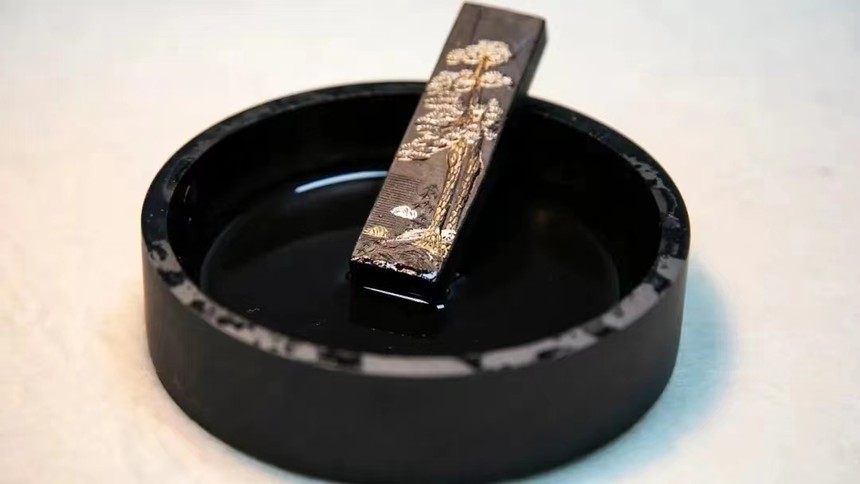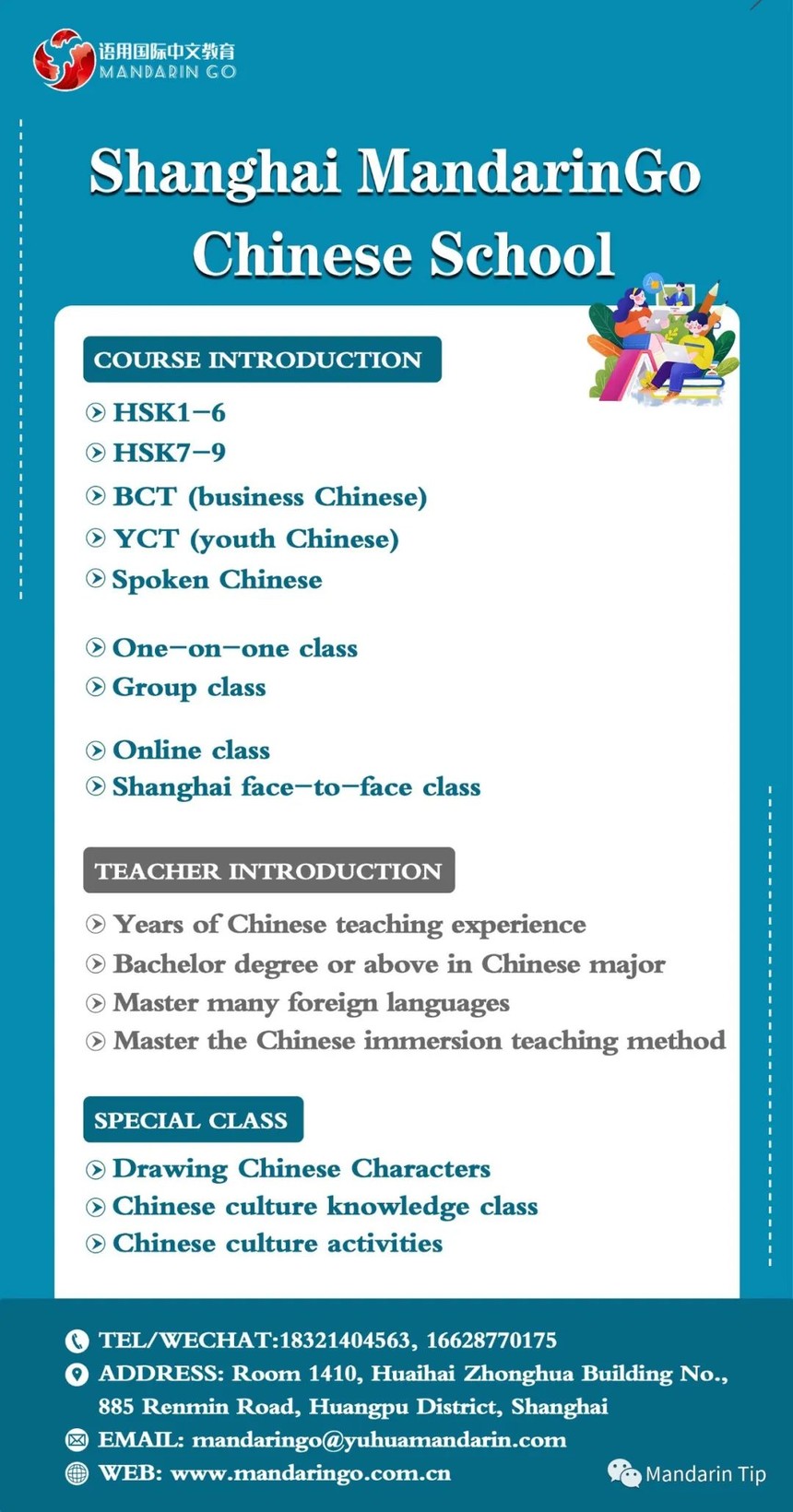Mandarin Go | Four treasures of the study

Follow Us ☝
Four treasures of the study-brush, ink, paper and ink slab, cannot be neglected when we appreciate and understand Chinese calligraphy and traditional painting because they determine the features and the expressive forms of the work of art.
It is widely accepted that the best of each of these items is represented by the Hu brush(湖笔), Hui ink stick(徽墨),Xuan paper(宣纸),and Duan ink slab(端砚),all being highly valued in both China and abroad.

Hu brushes are produced in Huzhou, Zhejiang province. Made of the hair of goats or wolves, they are round, neat, strong, and pointed. The goat hair is soft, suitable for the writing of big characters, while the wolf hair is hard, suitable for the writing of small ones.

Hui ink sticks are produced in Huizhou, Anhui province. They are made from the ash of burnt green pine from Mount Huangshan and then mixed with glue. The mix is put in nanmu wood(楠木)moulds and carved with scenes of pavilions, pagodas, hills, brooks and plants. A good ink stick is black in color with lustre. The characters written by it will not easily fade.

Xuan paper was originally produced in the Tang dynasty in Jing country, which was under the jurisdiction of Xuanzhou, hence the name of Xuan paper. Made in an 18-step process from the bark(树皮)of the wingceltis(青檀)tree and rice straw, the paper is snow-white, soft, durable, absorbent and moth-proof. Hence, it is a principal type of paper for traditional Chinese calligraphy and painting.

Duan ink slabs were first introduced in Duanzhou, Guangdong province. They have fine, solid texture and glossy sheen(光泽). Ink prepared in them does not dry quickly. Carved into various shapes and designs, Duan ink slabs also serve as fine desk ornaments.


推荐
-

-

QQ空间
-

新浪微博
-

人人网
-

豆瓣

